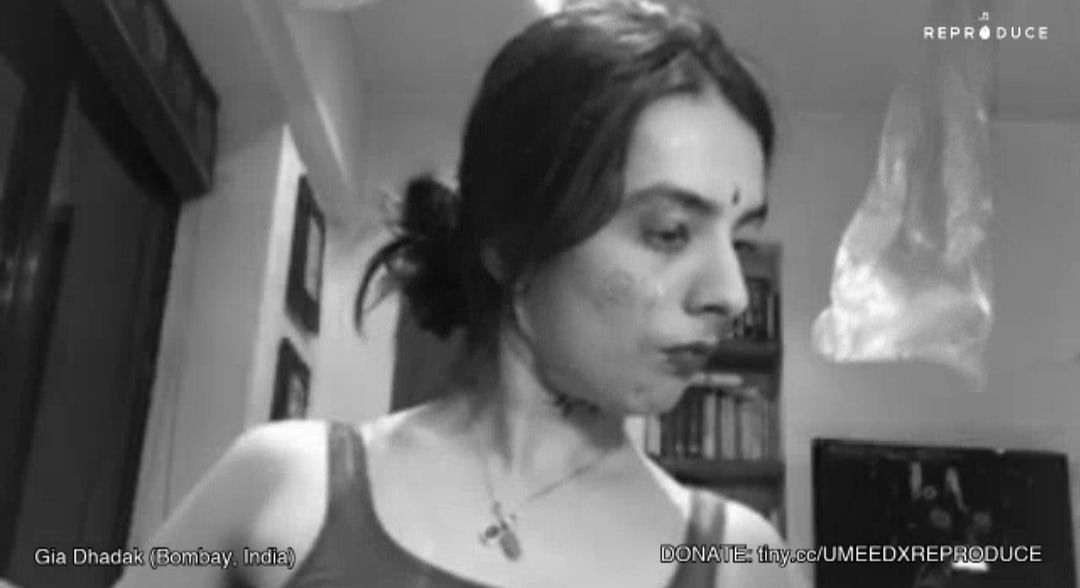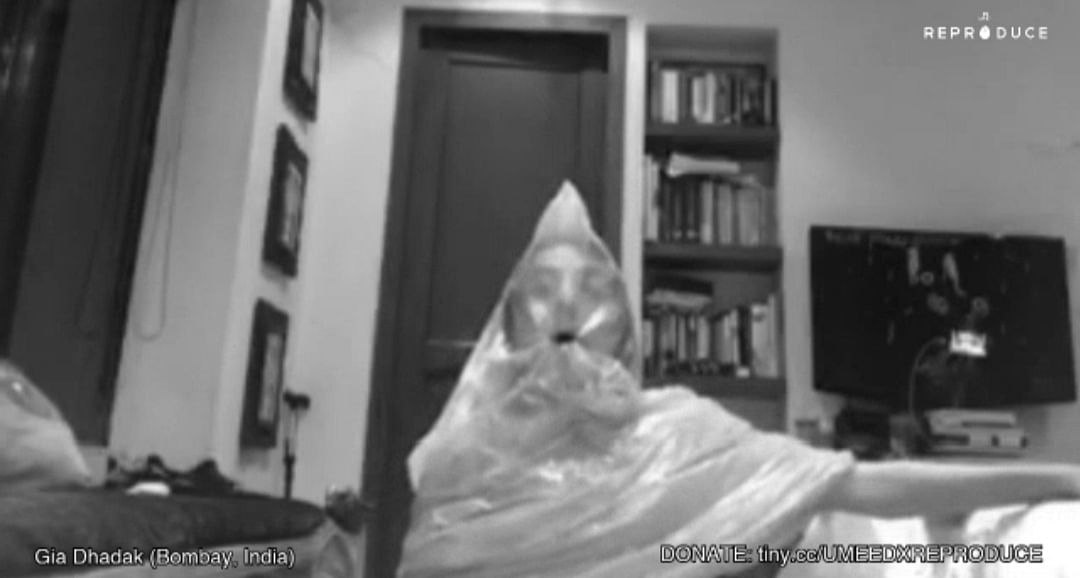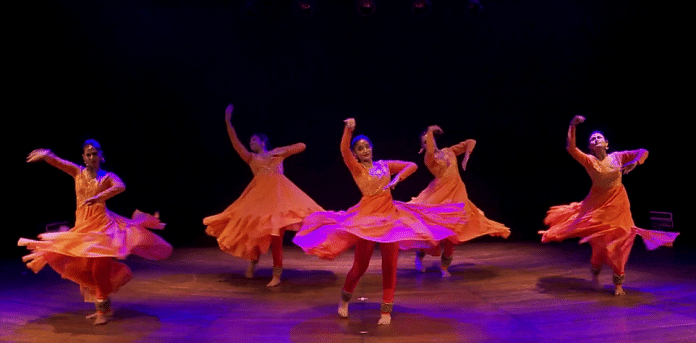As the Covid-19 pandemic continues to infect people and there’s no vaccine in sight, being in lockdown has been the only way for many to remain safe. During this extended stay at home, theatres, auditoriums and gig-friendly pubs have closed their doors, and are unlikely to reopen in the next four to six months. Some, including London’s historic Shakespeare’s Globe theatre, are in danger of having to close permanently.
But musicians, dancers and actors across the world and in India have quickly turned to online avenues — Twitch, Facebook Live, Instagram Live and Zoom — to showcase their skills and stay in touch with fans. Yet the question remains: is live-streaming of the performing arts here to stay?
Rana Ghose, head of music collective REProduce, which has worked with more than 400 artists, thinks so. “It’s time to adapt,” Ghose tells ThePrint. “Since lockdown, I’ve been trying to do something new with live-streaming and taking it away from just one boring rectangular view.” That’s the same concern raised by musician Dave Grohl in The Atlantic, in which he says live music will be reduced to “unflattering little windows that look like doorbell security footage”.
Also read: In coronavirus lockdown, add the arts to essential services list
How to make an at-home show look less basic
But there could be a way to make live-streaming look more creative and stage-like than, say, an Instagram live.
After producing a few online acts, Ghose realised that multiple camera angles can give the viewer a better experience. So he built a server from scratch to receive multiple raw streams. “Last week, I did a show with Gia Singh Arora [a Mumbai-based dancer and performance artist] on Twitch and made her set up three angles: one wide, one high and one camera on a selfie stick. That way, I could flip between these angles during her performance and produce on the spot.”



REProduce is luckily not facing the problem plaguing most music agencies — the fixed costs of running a venue. “Instead of a venue, we set up shows in different spaces depending on the artist’s style, from a Catholic boys’ hospital to a garage or a bakery,” he explains. “It’s not like I chose a low-risk business model anticipating a pandemic like this, but it’s a distinction to be made. The music industry is bleeding right now,” he adds.
It is a fact that India’s Rs 1,500 crore music industry has faced major losses due to Covid-19.
Keeping this in mind, online ticketing service BookMyShow has also refocused its plans. Its first at-home entertainment initiative, Live from HQ, which included music, comedy and spoken word acts by Prateek Kuhad, Vir Das and more, garnered over a million viewers in mid-March.
Its other online initiatives, such as the Vodafone #RechargeForGood concert, Theatre Live and #LiveInYourLiving Room, saw performances by popular band Indian Ocean along with others.
“Sometimes, there are surprises like when Prateek Kuhad played an unreleased song during his first performance in Live From HQ. Very often, viewers also request for their favourite songs or a poem,” says Albert Almeida, COO of Live Entertainment, BookMyShow.
Also read: India is reopening its economy but millions of workers are staying at home
Money matters
All of BookMyShow’s events during the lockdown have been free so far. They were focused on emphasising the message of staying at home and hence, revenue wasn’t the priority, says Almeida. But the platform has recently started testing the waters for ticketed at-home events, although it is optimistic that theatres and live shows will make a comeback with a whole new handbook.
“Venue sanitisation, audience disinfection, audience certification, venue capacities to meet social distancing norms will all need to be factored in,” adds Almeida. Whether a venue can be economically sustainable while meeting these factors is the bigger question.
Puneet Arora, co-founder of music aggregator ArtKhoj, estimates that given there is a wide range of venues, a venue owner could charge the artist anything between Rs. 600-2,000 per hour for a show. Venue owners themselves could be paying anything between Rs 5-50 lakh to set up one show.
Arora sees economic potential in online spaces. With a Zoom subscription, ArtKhoj has moved live shows, theatre and music workshops, storytelling sessions, dance theatres all online. With a 20-30 per cent markdown, an online theatre workshop can range from Rs 250-300, and a six-day workshop costs around Rs 3,000.
What’s also been picking up pace is Kaavad Katha, a Rajasthani folk style of storytelling. The most recent class garnered about 70 participants — all paid, says Arora. For some full-time artists who are struggling, like Bhapang player Yusuf Khan Mewati, ArtKhoj has reduced its commission.
However, it is still paying overhead costs for its empty venue in Bengaluru. It plans to eventually move the stage back from the artists’ home to the venue for a more legitimate and aesthetically pleasing viewer experience.
He explains that people aren’t happy with paying for an online gig unless it’s for charity or a Covid-related cause — they’d rather go to YouTube. And that’s precisely what Mumbai’s National Centre for the Performing Arts has done with pre-recorded performances in its online series, NCPA@home. That way, viewers get the best of both worlds currently available — a grand, stage-like setting to watch a show within the safe confines of home.
Also read: Indians in lockdown find new passion in baking bread, and it’s helping them beat the blues






